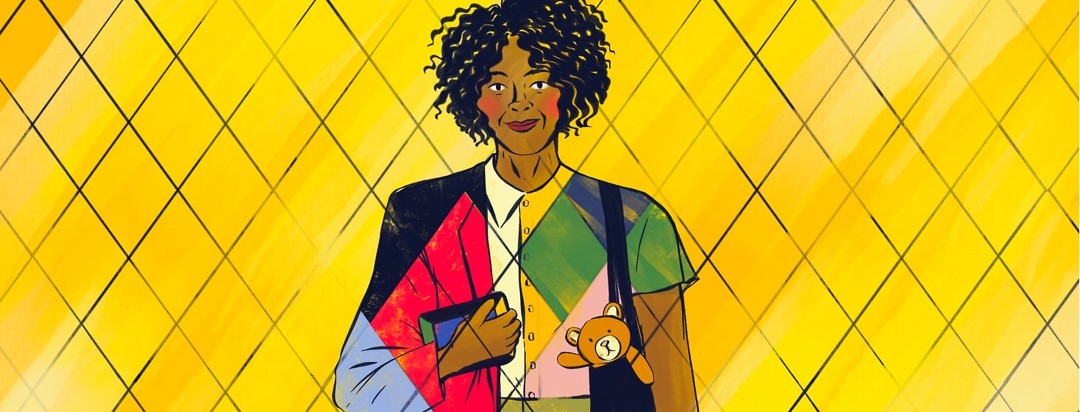I See Differently
I am a person who lives with an invisible disability. Stargardt's is my official diagnosis and it impacts my retina. As a result, it is difficult for me to see things that are more than about five feet away without assistive devices or support. It is also difficult for me to see small fonts; honestly, size 24 font is most comfortable for me at this stage in my life. Anything smaller and I will need to zoom in or look closely. Therefore, I find myself “feeling” my way through life both literally and figuratively and as a result, I see things differently. What some people might see as lazy, I see as barriers or psychosocial stressors.
Invisible barriers others cannot see
I am a PA licensed social worker by profession, a person who has lived with a visual impairment since birth, and a few other roles and titles. I believe, like most people, I am a product of my environment. For me that means having a visual impairment forced me to see things differently and utilize all of my senses when navigating through life. I’ve been able to show empathy to my friends, family, clients, and myself. It is rare that I view people as lazy because I know first-hand that there are visible and invisible barriers people experience that others cannot see.
Understanding and eliminating barriers to care
In my current professional role as Case Management Coordinator, I supervise six case managers. We hold weekly individual supervision meetings and discuss client successes and concerns. Often times client concerns consist of struggles with adherence to medication and appointments. I believe our role as case managers is to assist with eliminating barriers to care. When my case managers share with me frustrations regarding struggles with adherence, I often like to collaboratively unpack what might be going on with the client.
Intersectionality
There is a framework that guides my work, called intersectionality. Intersectionality is defined as a “framework for conceptualizing a person, group of people, or social problem as affected by a number of discriminations and disadvantages. It takes into account people's overlapping identities and experiences in order to understand the complexity of prejudices they face.”
There's always more than meets the eye
To illustrate this, I will use myself as an example. To start, I am not simply an African American female. I am an African American female, who lives with a visual impairment, a single mother to an incredible little boy, a first-generation college student and homeowner, and a native to the inner city of Philadelphia.
All of these identities impact how I show up in the world. So, if I miss an appointment or forget to do an assignment it’s not because I am lazy or didn’t want to. Instead, it is probably because there was some kind of barrier or psychosocial stressor that impacted my ability to complete the task (i.e. baby sitter, access to transportation, inability to see the content, or fatigue because I wear so many different hats). I have been diligently trying to give myself, and others, grace. I remind myself that there is truly more than what meets the eye... at least that’s the way eye see it.

Join the conversation